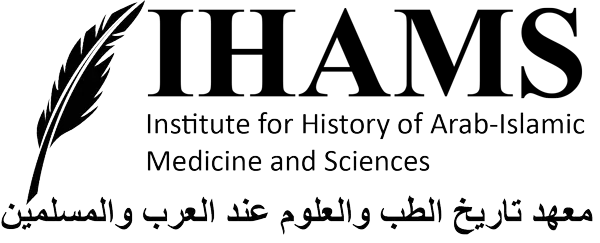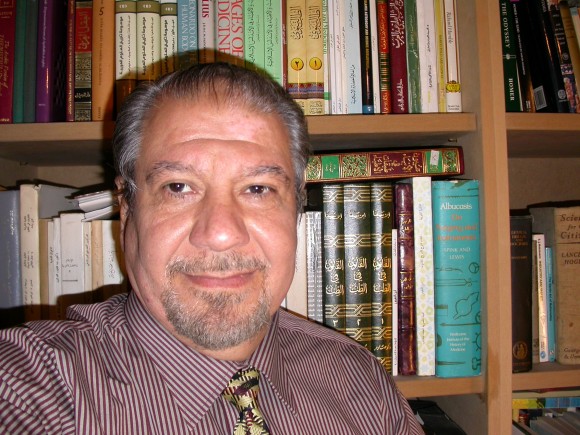The term encompass all Arabic-speaking Muslim (non-Arab), Arab (non-Muslim) and Arab Muslim practitioners who flourished in the Islamic Caliphate (Empire) extending mainly in the “Middle East” and including parts of Persia, Asia, North Africa, and the Iberian Peninsula. Their practice is referred to variously as Arabic medicine or Islamic medicine. In those days, the borderline between surgery and medicine was usually non-existent; thus a physician might practice surgery or vice versa. Perhaps, the most important Arab contribution was the foundation of surgical practice on a solid scientific basis relying heavily on personal observations, clinical studies as well as animal experimentation; they condemned superstitions and ill-practices based on mal-experience.
Arab were also acknowledged for introducing the first qualifying medical examination in surgical practice in AD 942 (319 AH), following a case of death due to medical malpractice reported to Caliph Al-Muktadir in Baghdad; he then ordered all doctors to stop practicing in his Islamic Empire until they were examined by his experienced court doctor, Sinan Ibn Thabit IBN Qurrah. Consequently, Sinan examined more than 860 doctors in the Al-Sayyeda teaching hospital in Baghdad. Those who passed through were given a special certificate carrying doctor Sinan’s signature, allowing them to practice in medicine and surgery.
Arabs considered careful history-taking and proper physical examination absolutely imperative for a proper diagnosis; the patient’s behaviour, character and location of pain, examination of swellings and pulse rate were noted and urine examination was performed routinely in every patient. There was emphasis on examination of excreta, other effluvia, particularly urine, to the extent that a half-filled urine flask became a symbol of an Arab physician; the urine’s colour, consistency, sediment, smell and taste were assessed to assist in the diagnosis, to predict the prognosis and to plan the treatment. Ants gathering on the residual sugar after spillage would indicate that the patient was diabetic. Rhazes (AD 860-932) introduced the concept of differential diagnosis when he gave a precise unparalleled description for the clinical differentiation between intestinal colic and renal colic.
Arab raised the dignity of the medical profession from that of a mental profession from that of a mental calling to one of the learned professions. They developed the science of chemistry as applied to medicine; they established hospitals in the principal cities. The herbal De Materia Medica of Dioscorides (1st century AD) was studied closely. New medications, including mineral, vegetable as well as animal substances were added to make up a voluminous Arabist material medical. They introduced a number of new drugs for pre-and postoperative treatment and innovated many pharmacological methods, such as making drugs into tables, syrups and paste. They promoted particularly the use of camphor (from Arabia kafoor, use for smell, message and sexual suppression), cassia, cloves, mercury myrrh and senna.
They discovered and used soap (from Arabic sapoon), alcohol (from Arabic algol, a liquor used for skin cleaning), alkali, sherbet, borax (from Arabic borac), elixir (from Arabic exeer, a rejuvenating essence), talc (from Arabic talq, a body powder), coffee, sugar, candy, amber, ambergns, saffron and odour (from Arabic ottor, a perfume). They not only invented the apothecary or pharmacy, but developed a number of new vehicles, including syrups (from Arabic sharab, a sweetened medicine), juleps (from Arabic jallab, the attractive fluid after adding rose water), the use of tragacanth as a demulcent, and many other concoctions of the apothecary, Furthermore, they manufactured special cabinets from drug storage and safekeeping. Indeed, the word drug is derived from the Arabic word deriaq or teriaq.
They also invented the Arabic numerals which replaced the cumbersome Roman numerals, they invented the zero (from Arabic cipher) and the nought (from Arabic nogta) thus introducing mathematical fractionation and the decimal concept (i.e. units,tens, hundreds and thousands) in the numbering system. The Arabic numbering system has facilitated doctor’s communication on drug dosage, spatial and temporal orientation.








